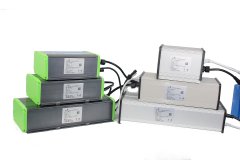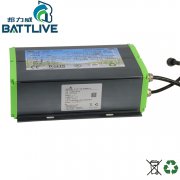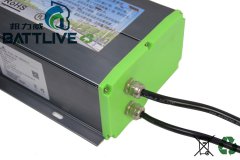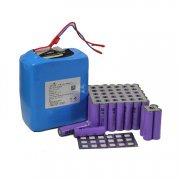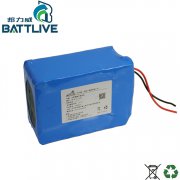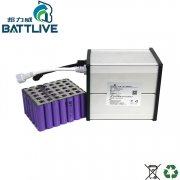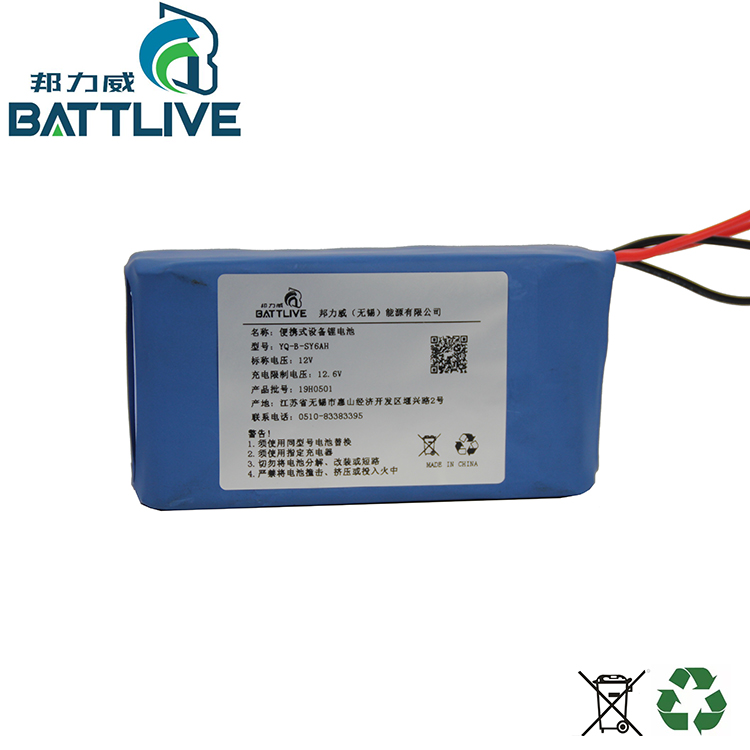
Common Faults and Reasons Analysis of Battery Operation
During the operation of batteries in substations, the floating charging voltage is too high/too low, internal resistance is too large, mild vulcanization, seepage creeping, shell deformation, water loss and so on, while the failure batteries are often presented in the following three situations:
1. The working capacity of batteries is not up to the nominal capacity, and the discharge of individual batteries will reach the lower limit when serious discharge occurs. Insufficient capacity and problems of battery can be found in time by capacity test or on-line resistance test.
2. There is no capacity output of battery pack, and some batteries are open-circuit. After the AC power supply failure caused by the substation system fault, if the battery fails, the DC protection in the substation will disappear, and the high frequency protection or current differential protection may malfunction, with serious consequences.
3. Short-circuit phenomena occur in long-term floating-charged batteries. Batteries with short-circuit phenomena may cause thermal runaway phenomena.
According to numerous data and field experience analysis, most of the causes of possible failure and failure are due to inadequate maintenance in peacetime. The analysis of battery failure mainly includes the following situations:
1. Salting. When the battery is under-charged for a long time, the floating charge voltage is low, the battery can not be replenished in time after discharge, and the battery is not used for a long time, the negative electrode will form a kind of thick and hard lead sulfate, which will hardly dissolve. If the battery loses water seriously, the concentration of sulphuric acid is too high, it will also promote the rapid formation of lead sulphate. The direct consequence of salinization is the insufficient capacity of batteries, even the open circuit of batteries.
2. Water loss. Loss of water is a common failure that leads to battery failure. Low gasification efficiency, water seepage from battery shell, grid corrosion and self-discharge can cause water loss of battery. At present, most of the reasons for the capacity decline of VRLA batteries are due to the loss of water in batteries. It is generally believed that when water loss exceeds 15%, the battery will fail.
3. Corrosion and deformation of grids. Grid corrosion is an important factor limiting battery life. In lead-acid batteries, the positive grid is thicker than the negative grid. One of the reasons is that the positive grid will be corroded and oxidized gradually when the battery is charged, especially under the condition of overcharge. With the increase of the content and volume, the plate can be seriously bent.
4. Softening of active substances. With the increase of battery cycle times, the crystalline form changed from Or. to B. The grain size of B-type is relatively small and the binding force is poor, which leads to the weakening of the grid structure of the active substance, and finally the softening and shedding of the active substance (also known as mud), leading to the failure of the battery.




